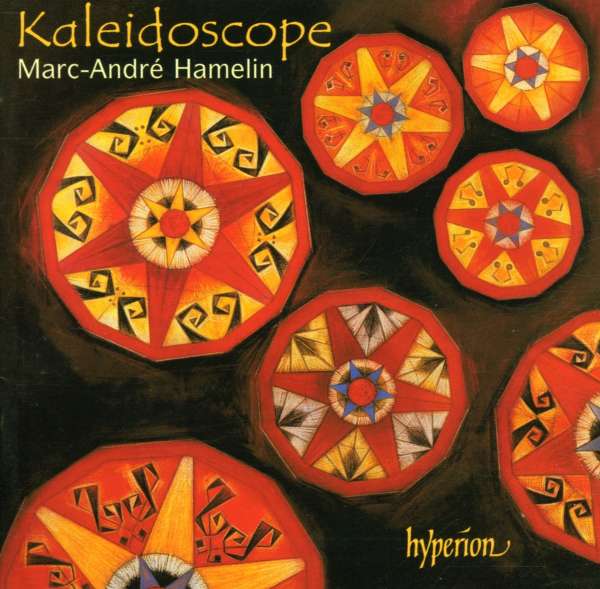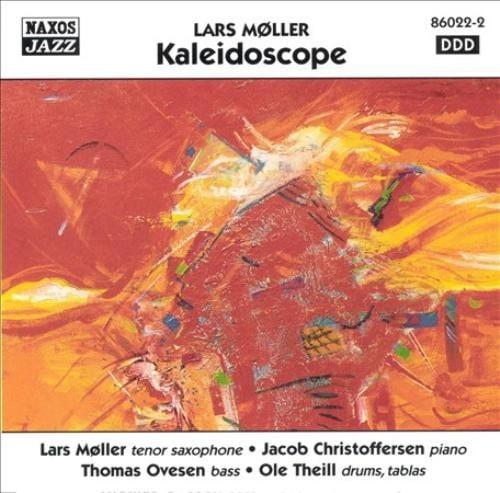
Brewster stated that the kaleidoscope was different because the particular positions of the object and of the eye, played a very important role in producing the beautiful symmetrical forms. It was thought that the patent was reduced in a Court of Law since its principles were supposedly already known.
#KALEIDOSCOPE IMAGE DISC HOW TO#
Because so relatively few people had experienced a proper kaleidoscope or knew how to apply it to ornamental arts, he decided to publicize a treatise on the principles and the correct construction of the kaleidoscope. Brewster figured at most a thousand of these were authorized copies that were constructed correctly, while the majority of the others did not give a correct impression of his invention. An estimated two hundred thousand kaleidoscopes sold in London and Paris in just three months. Soon the instrument was copied and marketed before the manufacturer had prepared any number of kaleidoscopes for sale. Unfortunately the manufacturer originally engaged to produce the product had shown one of the patent instruments to some of the London opticians to see if he could get orders from them. 4136 "for a new Optical Instrument called "The Kaleidoscope" for exhibiting and creating beautiful Forms and Patterns of great use in all the ornamental Arts" was granted in July 1817. Brewster believed it would at the same time become a popular instrument "for the purposes of rational amusement". Artists could accurately delineate the produced figures of the kaleidoscope by means of the solar microscope (a type of camera obscura device), magic lantern or camera lucida. īrewster thought his instrument to be of great value in "all the ornamental arts" as a device that creates an "infinity of patterns". The last step, regarded as most important by Brewster, was to place the reflecting panes in a draw tube with a concave lens to distinctly introduce surrounding objects into the reflected pattern. A version followed in which some of the objects and pieces of glass could move when the tube was rotated.

An early version had pieces of colored glass and other irregular objects fixed permanently and was admired by some Members of the Royal Society of Edinburgh, including Sir George Mackenzie who predicted its popularity. This triggered more experiments to find the conditions for the most beautiful and symmetrically perfect conditions. A while later he was impressed by the multiplied reflection of a bit of cement that was pressed through at the end of a triangular glass trough, which appeared more regular and almost perfectly symmetrical in comparison to the reflected objects that had been situated further away from the reflecting plates in earlier experiments. He forgot about it, but noticed a more impressive version of the effect during further experiments in February 1815. Stand sold separately.In 1814, Sir David Brewster conducted experiments on light polarization by successive reflections between plates of glass and first noted "the circular arrangement of the images of a candle round a center, and the multiplication of the sectors formed by the extremities of the plates of glass". Patterns for color wheels and complete instructions.
#KALEIDOSCOPE IMAGE DISC FULL SIZE#
Mirror, complete brass axle assembly, mounting eyelets, 12 full size Included are three precut pieces of aluminized front surface This kit creates a traditional stained glass kaleidoscope inĪ compact size. No glass, patterns or instructions # 1151 Surface Mirror, Brass Axle, Brass Ball, Eyelets, 4 Brass Rods, Brass Wire,įlat Brass Strip, and Neoprene Foam Tape. Kit includesġ piece of Trapezoid Front Surface Mirror, 3 pieces of rectangular Front

This unique kaleidoscope in the shape of a helicopter is another guaranteed conversation piece. No glass, patterns or instructions # 1122 Just add your choice of glass to make this fun biplane with 9" wingspan. Kit includes wood wheels, hardware, precut front surface mirrors and patterns. This unique kaleidoscope in the shape of a classic biplane is a guaranteed conversation piece. Viewing tube and two rotating hexagonal color wheels. Contains all the patterns, instructions and hardware necessary to makeĪ kaleidoscope from stained glass.


 0 kommentar(er)
0 kommentar(er)
